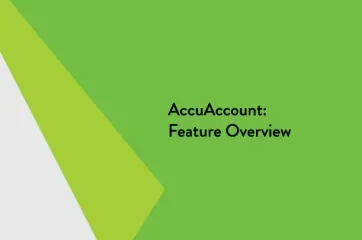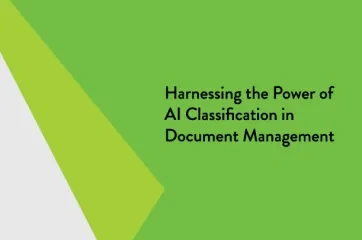In banking, the phrase “back counter” usually refers to activities that are completed when a customer or member is not present. One common back-counter workflow involves the collection and batch processing of multiple payments.
Payment Workflows Handled Through the Back Counter
A bank or credit union may have multiple back-counter processes that must be performed on a regular basis. When it comes to payments, for example, some checks may require processing by back-counter teams. Here are two possible reasons why:
Checks arrive through the mail: Despite the widespread use of mobile banking and online check deposit, some organizations and individuals still make deposits via the U.S. mail. Customers and members expect timely processing of deposits made through the mail, which means financial institutions must regularly check for, collect, and process mailed-in payments.
Some financial institutions avoid teller capture: Not every bank or credit union wants its tellers involved with check scanning and fraud detection. The theory goes that tellers’ primary focus should be on ensuring excellent account holder service. In this model, checks are retained for back-counter processing.
Back-counter tasks may be completed by a variety of team members depending on the financial institution’s workflows and processes. Accounting, operations, mail room, and other back-office staff could be involved.
Back-Counter Technology
To ensure efficient processing of payments through the back counter, financial institutions need reliable software that:
- Offers an intuitive user interface for back-office staff
- Makes it easy to scan multiple deposits in a seamless workflow
- Ensures accurate balancing
- Routes payments to the next step in the workflow
Alogent’s back-office processing solution is an example of such technology that’s designed for the needs of back-counter teams.
Resources for the Back Office
Brush up on additional banking terminology or visit Alogent’s Innovation Hub for case studies, infographics, videos, white papers, blog articles, and other helpful resources.








